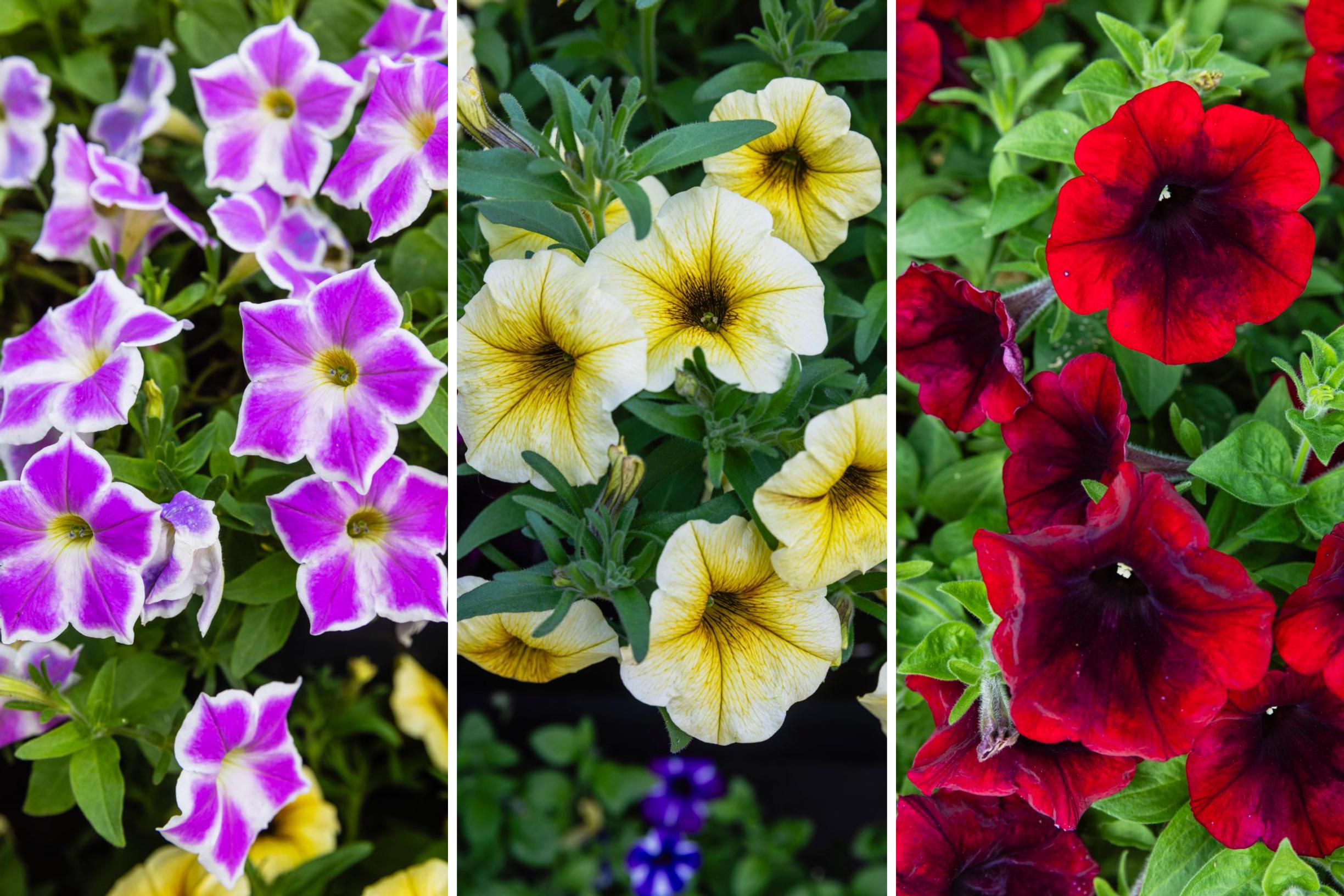
Petunia impresses with lush blooms—see tips from our expert and keep them vibrant all summer
Petunias are all-time summer flower favorites that offer a stunning display in a hanging basket or an upright pot. Alongside bright hues, muted tones have also gained popularity in recent years. See our care tips and find your favorite color at the end of this article!
A classic among summer flowers, petunia has delighted gardens with abundant blooms for hundreds of years. In decades past, large, colorful flowers were especially popular. Decorative double-flowered and fringed varieties were also prized, overwintered in cool spaces, and then propagated from cuttings in spring.
Today, both upright and trailing petunia varieties are equally loved. Plant breeding has focused on producing smaller, more rain-resistant flowers. White, pink, and other bright, pure hues remain classics, but in recent years muted and bicolored hybrids have also charmed gardeners. Some petunias even shift shades like chameleons with the weather. They’re sold under names such as Beautical.
Petunia—care instructions
Place petunias in a sunny or partially shaded spot, where they’ll bloom most abundantly. Large-flowered or double varieties do best in areas protected from rain and wind.
Remove wilted flowers regularly, especially on large-flowered varieties. Be sure to pinch off the entire flower stem, because removing only the petals won’t prevent seed formation. If the plant starts forming seeds, blooming will diminish.
Pinch off the entire flower stem, since removing the petals alone won’t prevent seed development.
Did you know about deadheading petunias?
The deadheading method depends on how the petunia was propagated. If it was grown from seed, it will also be quick to form seeds, so you need to remove the entire seed structure. However, hanging petunias are usually propagated from cuttings, so simply removing wilted flowers is enough. There’s no harm in removing the seed pods from cutting-propagated petunias, either. If you’re unsure how yours was propagated, getting rid of the whole flower stem is the safest choice.
If you’d like seeds for next year, leave a few seed pods on your petunia to mature. You can collect seeds from them for sowing.
Petunia—fertilizing
A lush, flower-filled petunia needs a large container, along with regular watering and fertilizing. For easy care, add slow-release fertilizer granules to the soil when planting and, if needed, later in the summer. Alternatively, you can use liquid fertilizer added to water.
Petunia—a dazzling range of colors
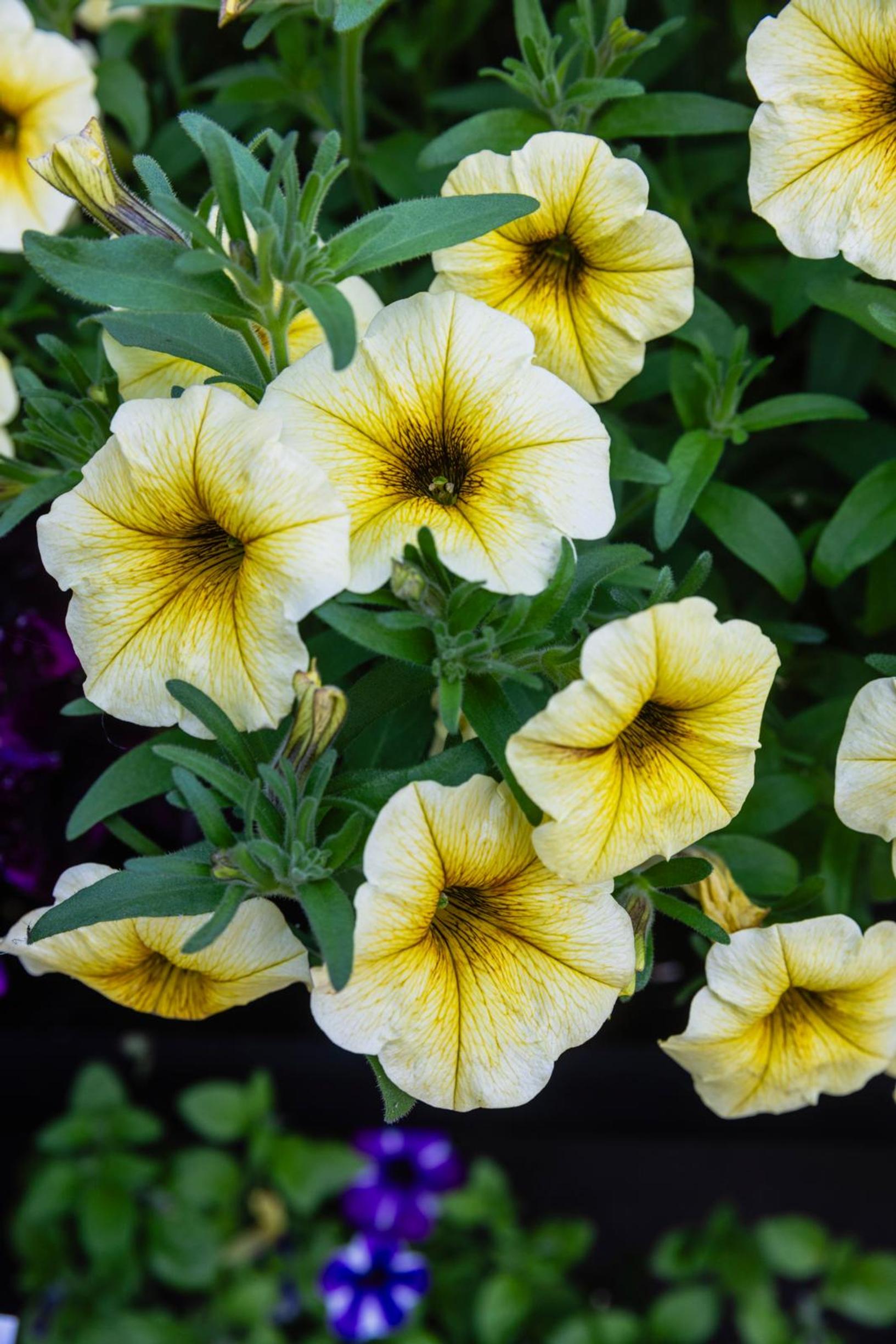
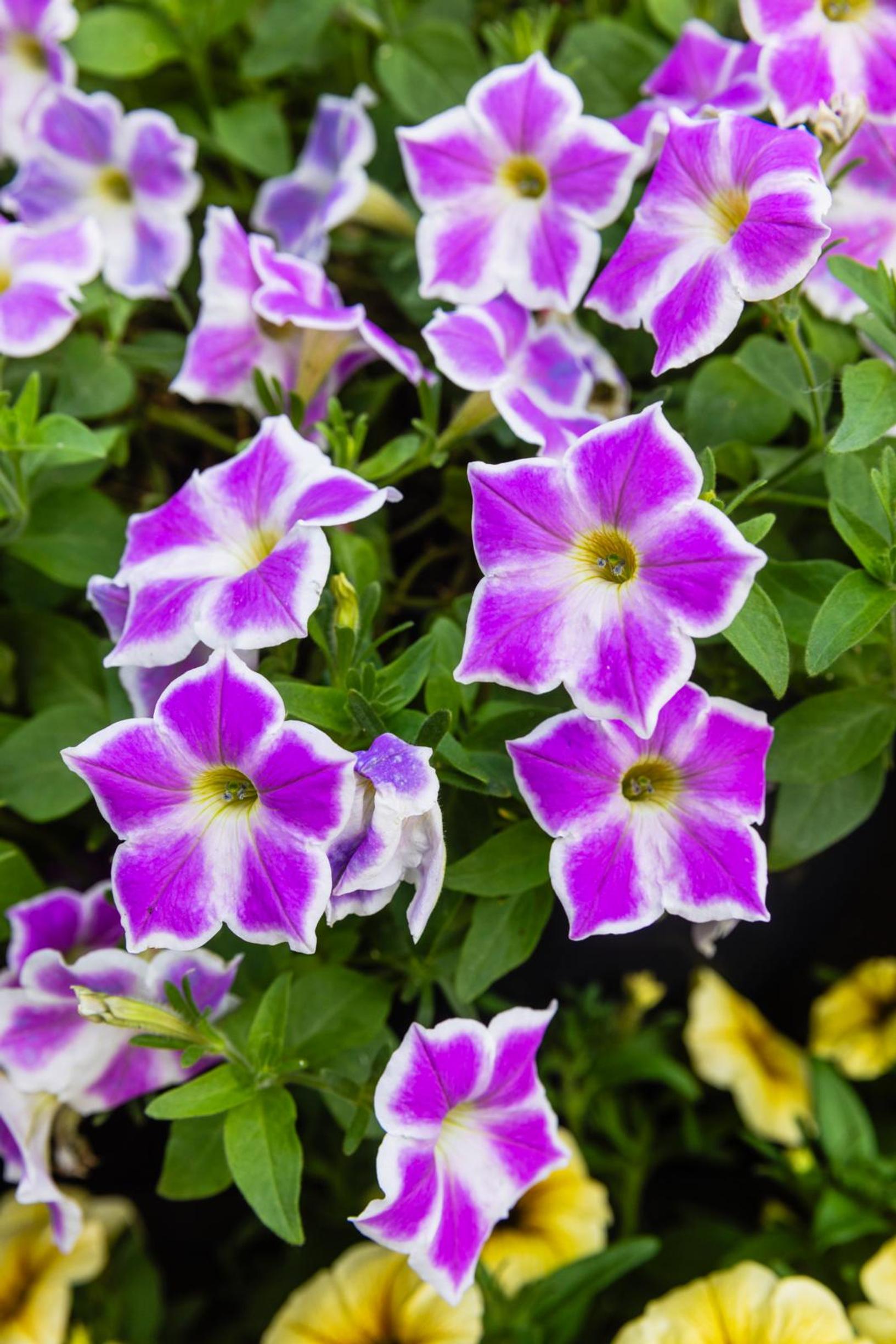
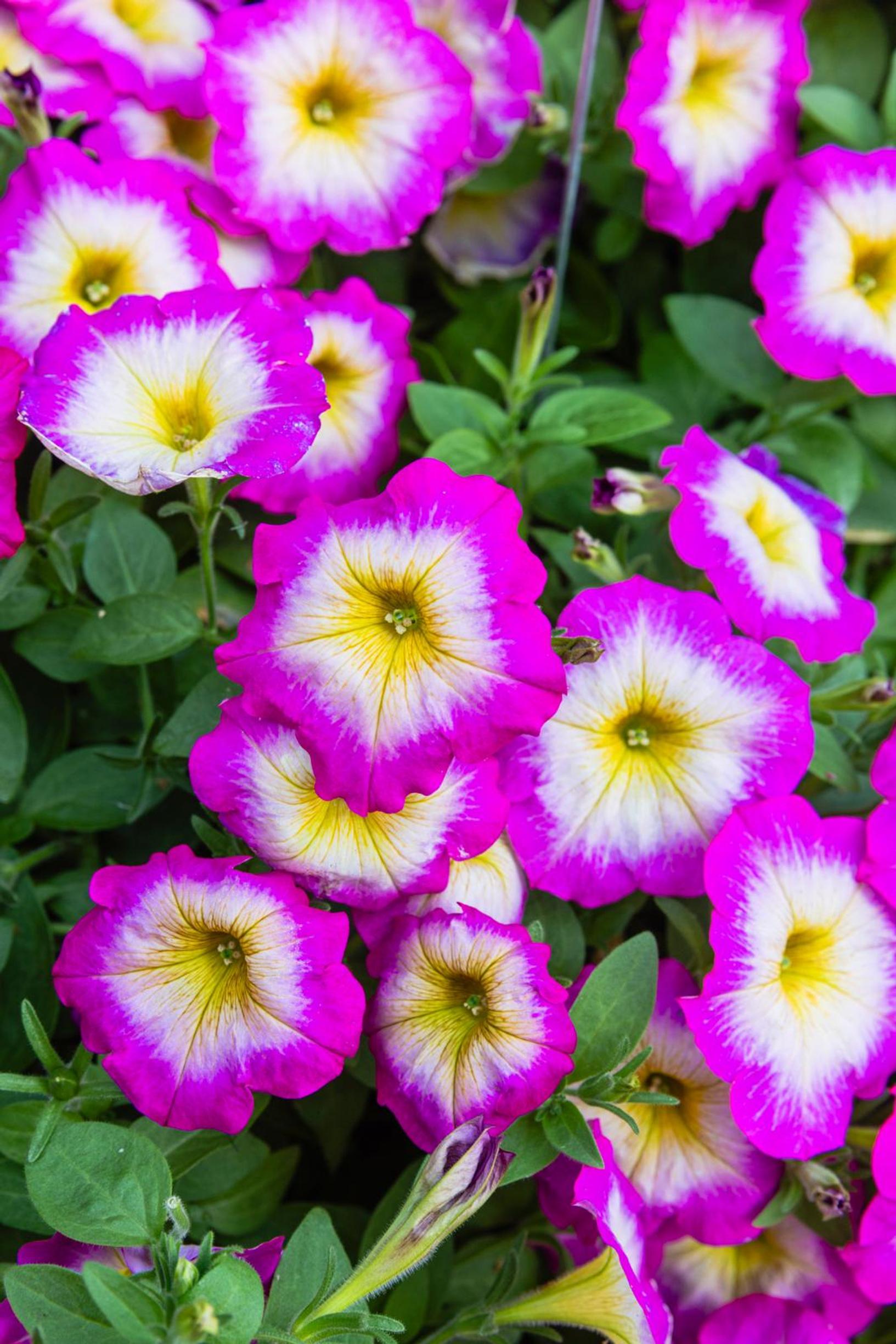
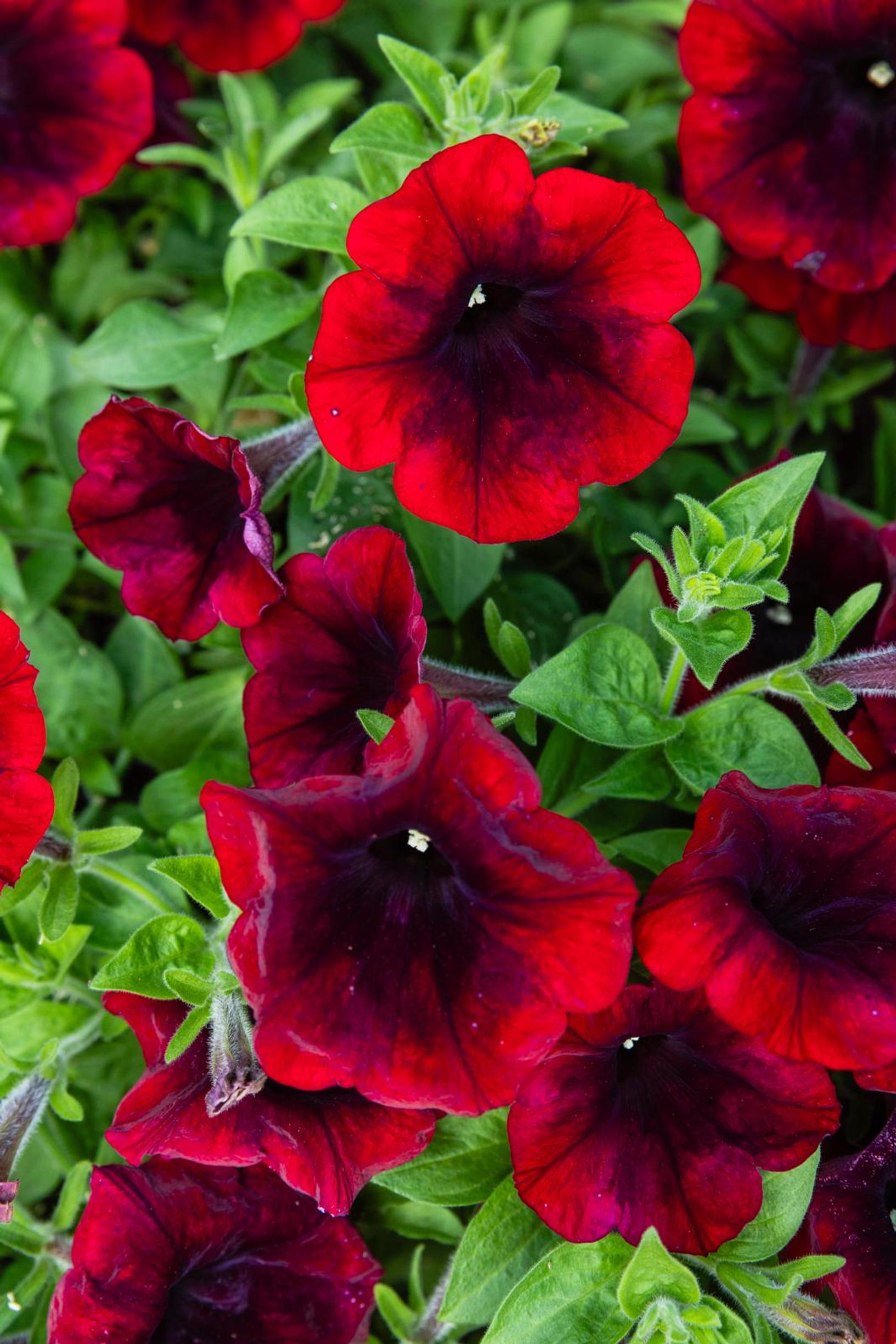
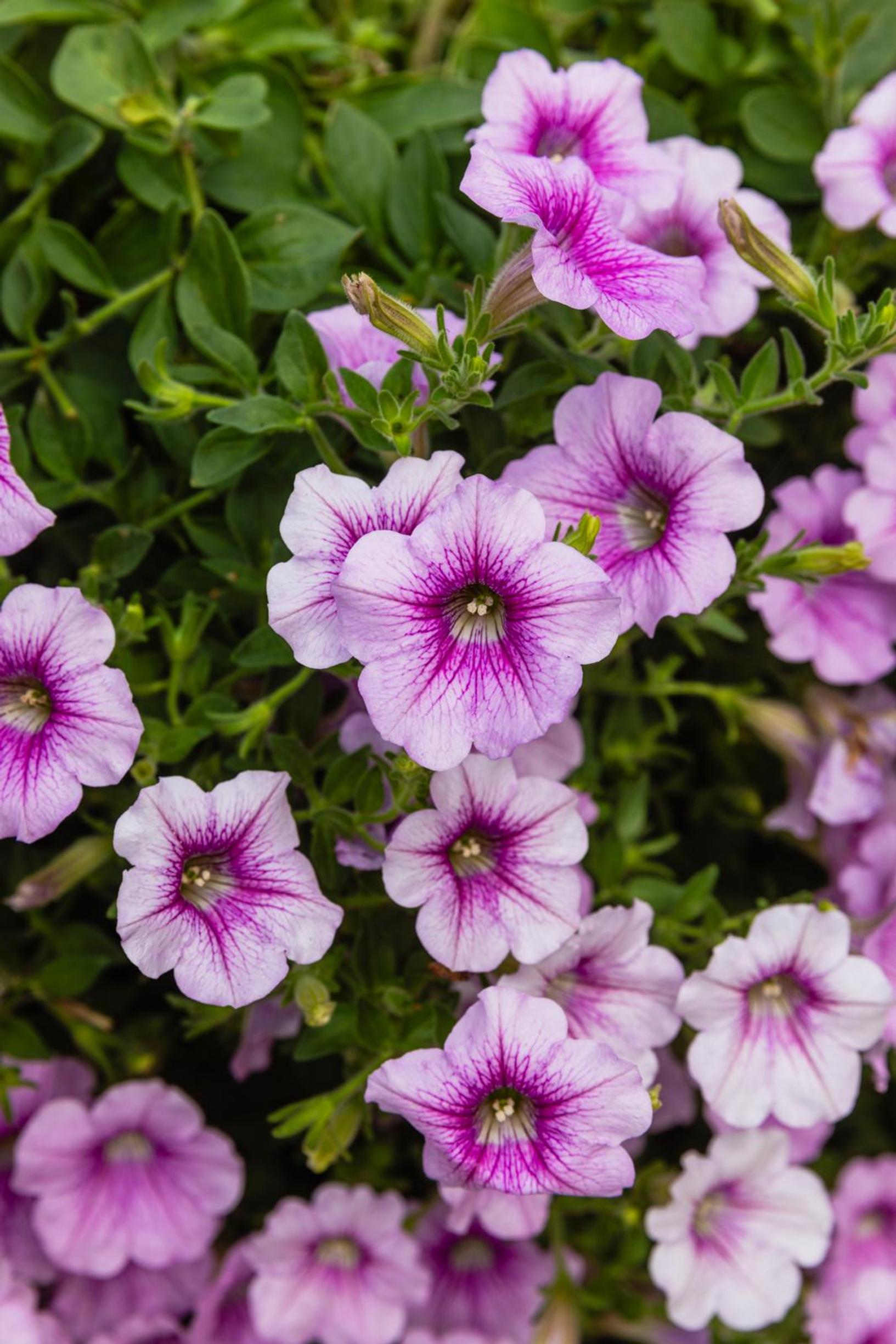
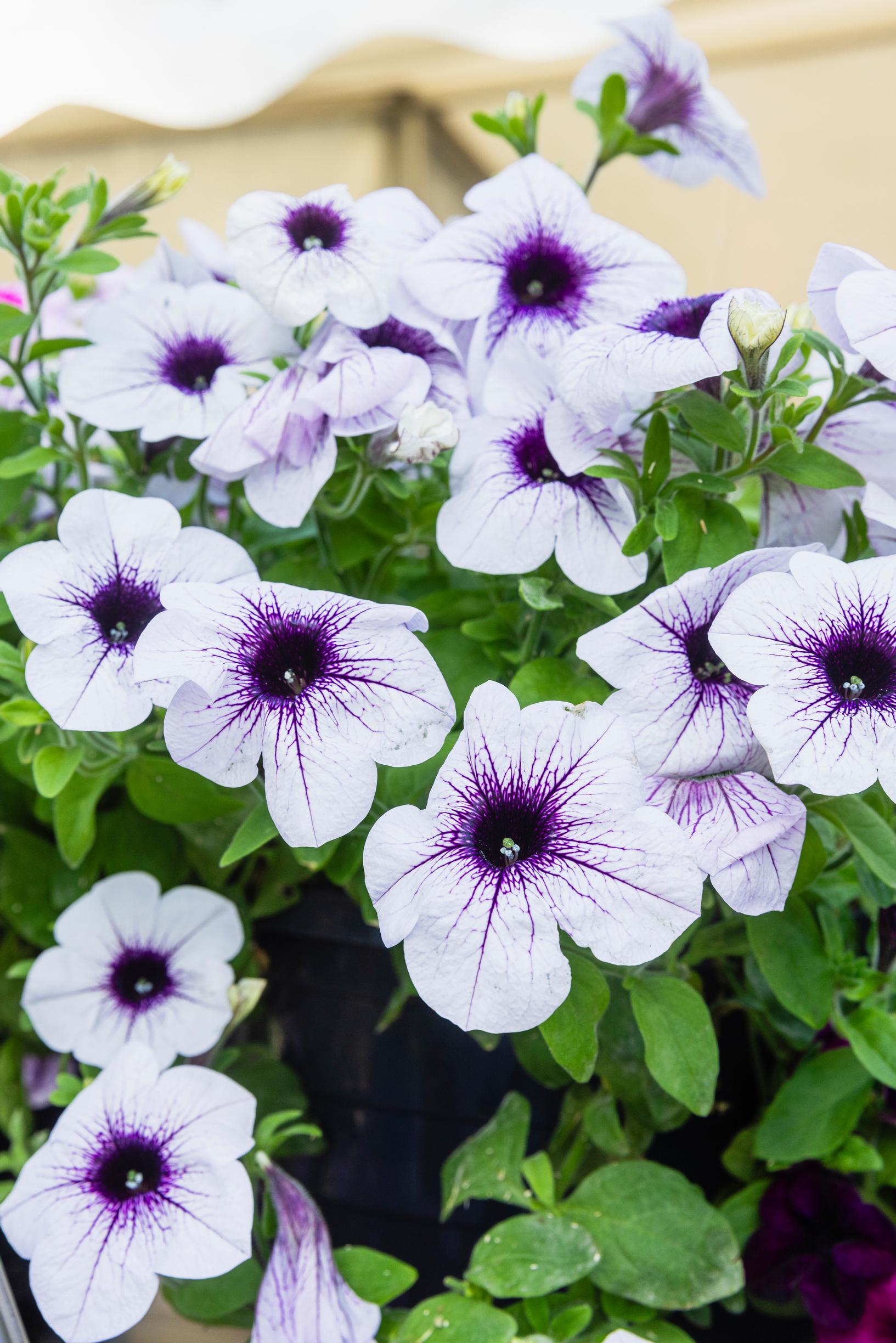
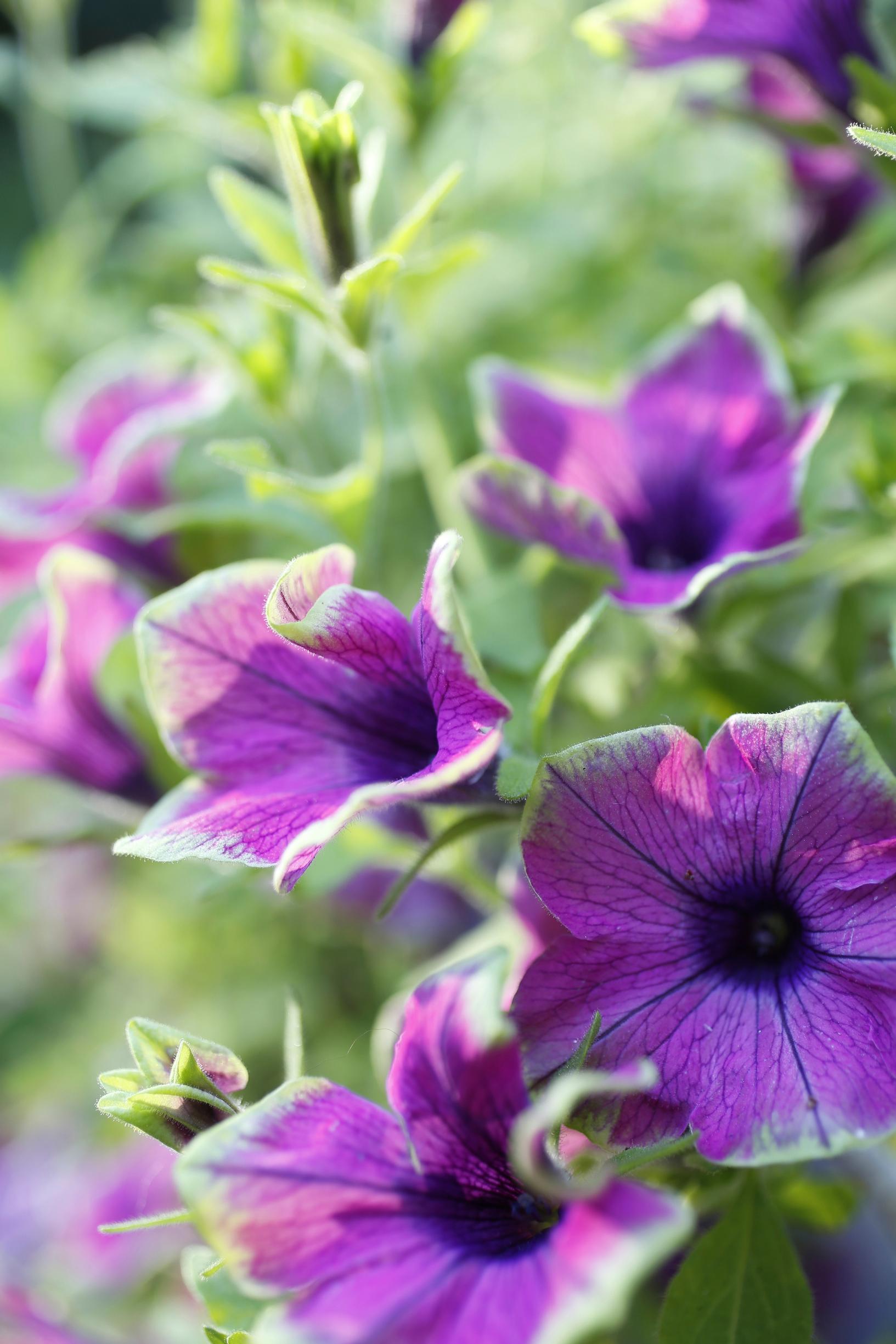
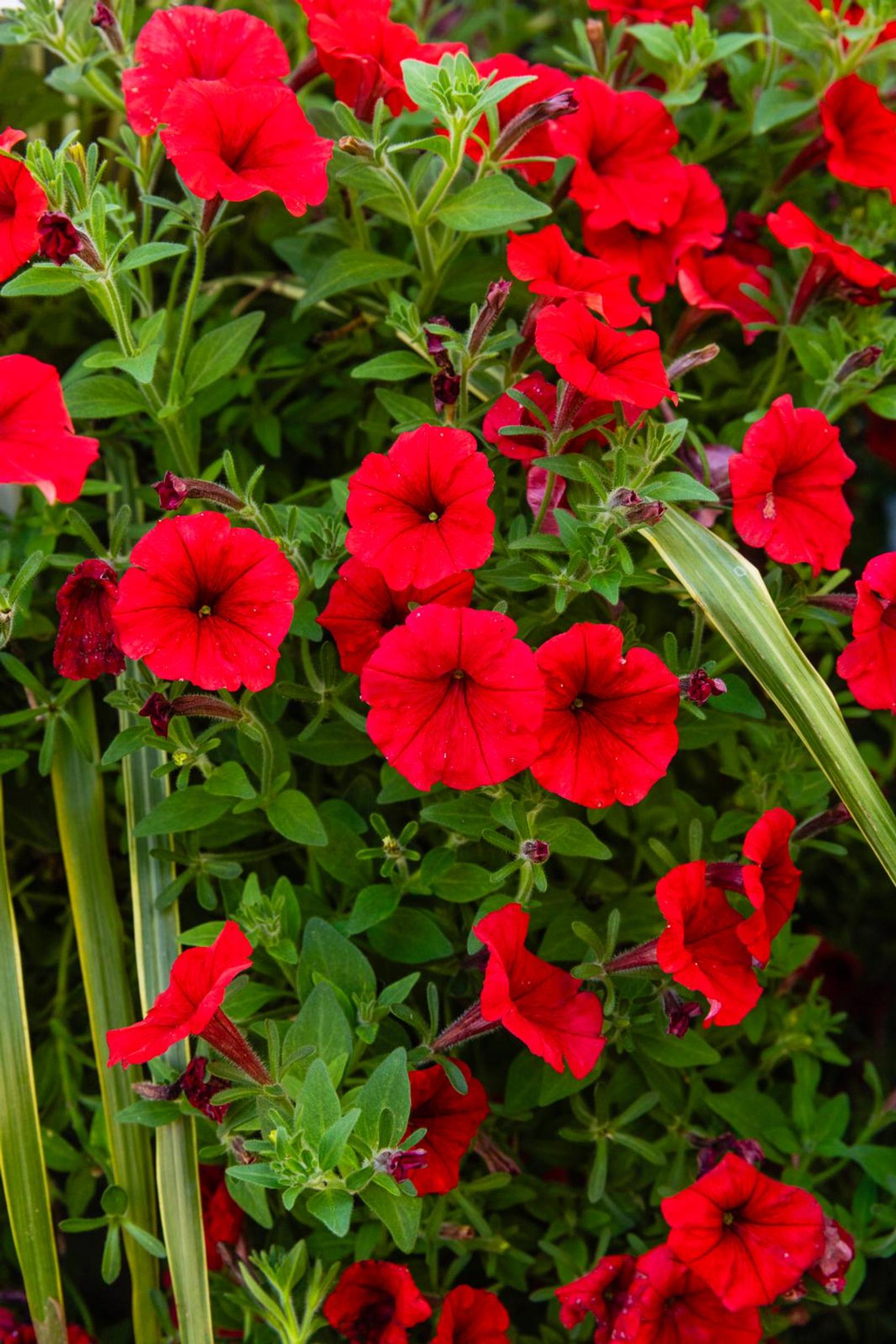
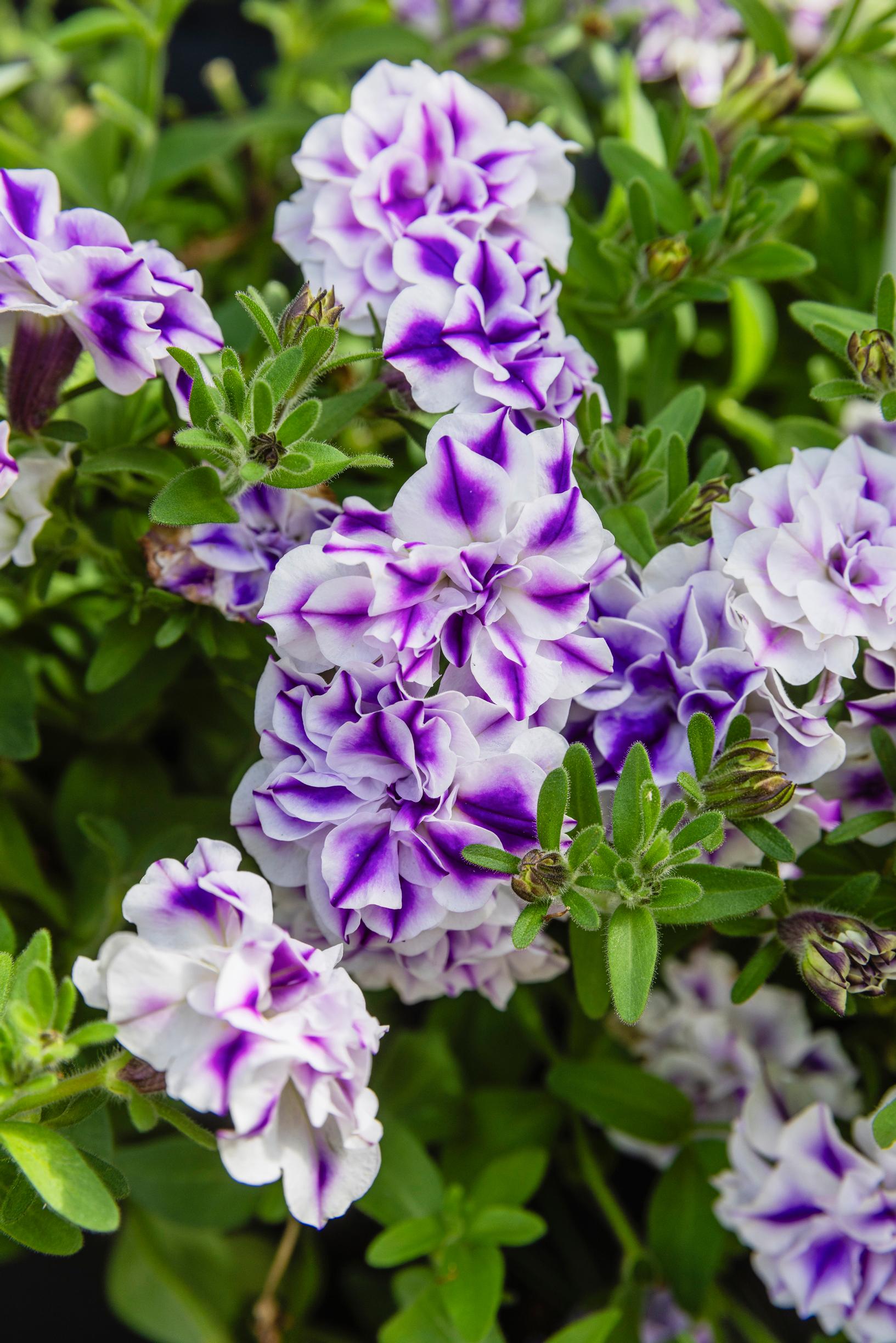
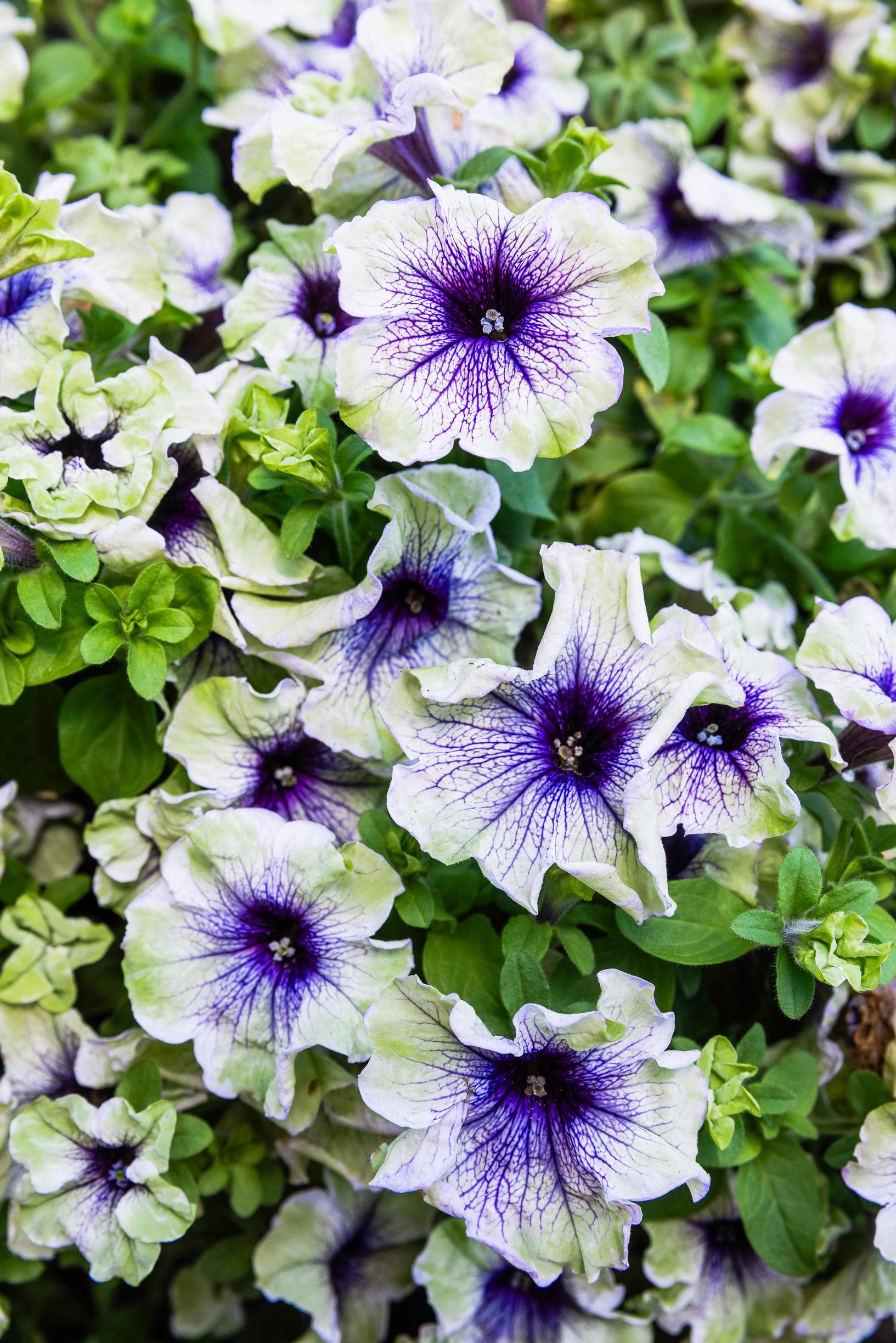
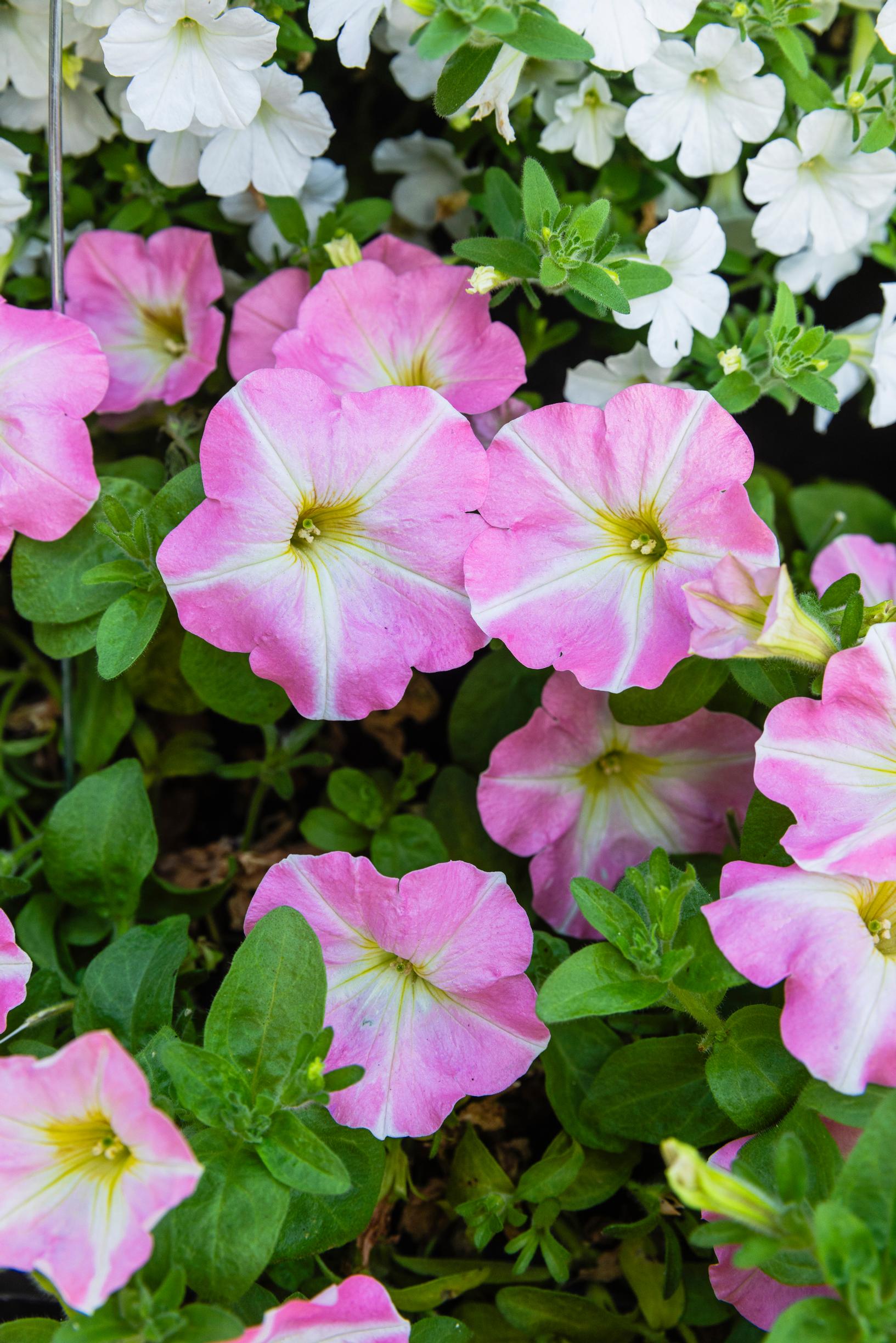
This article features an interview with sales team lead Tytti Haahti.


